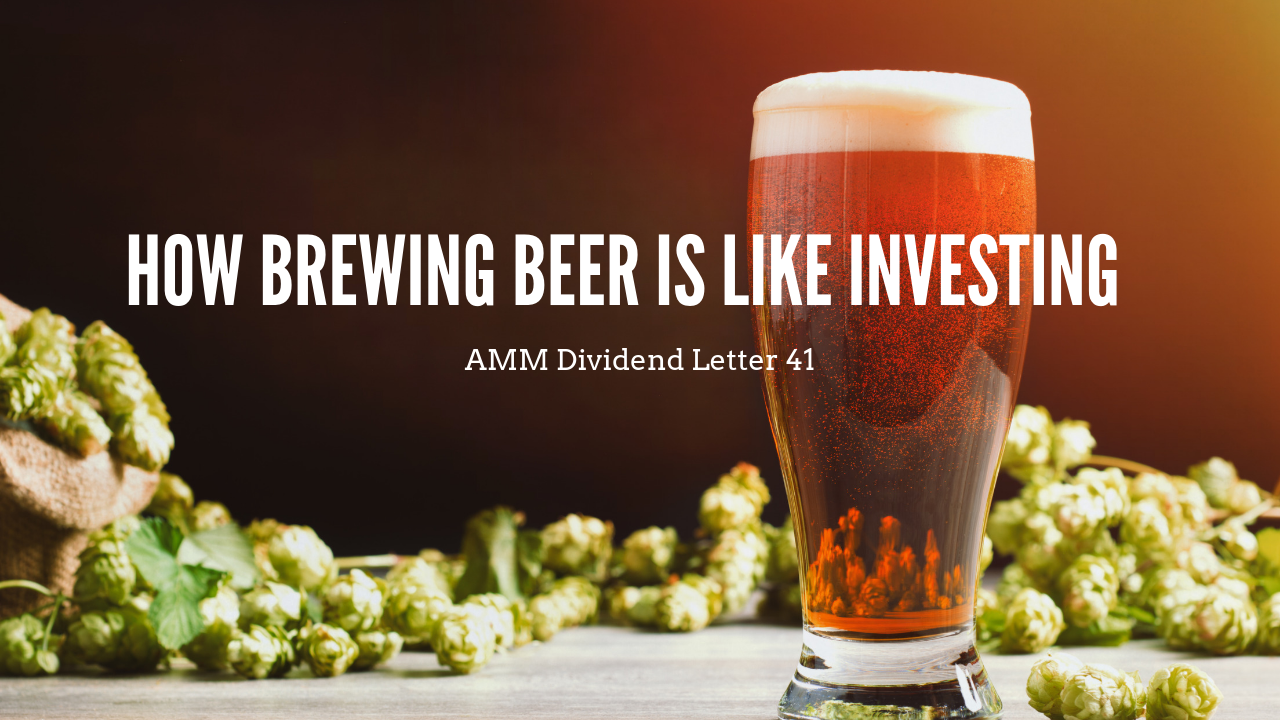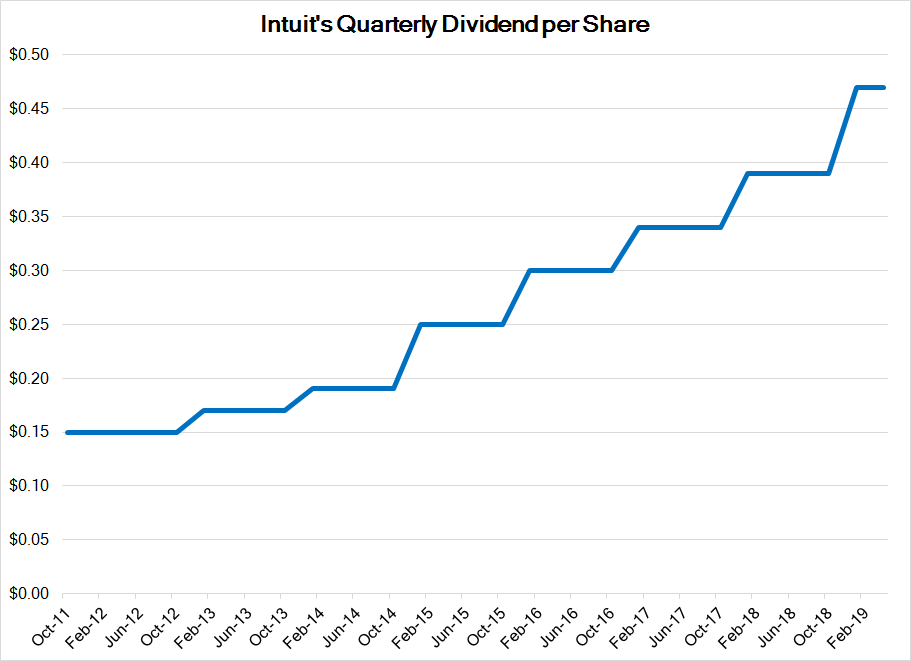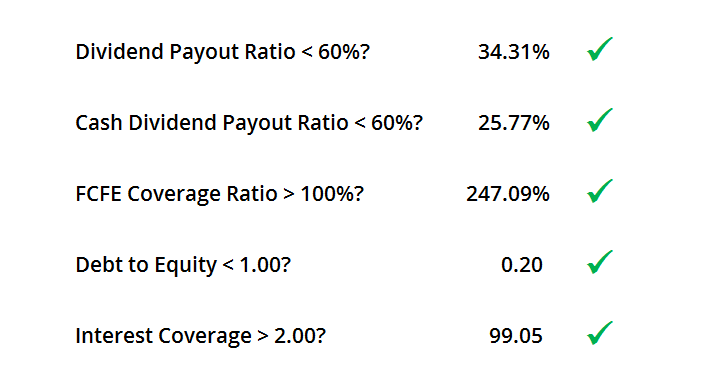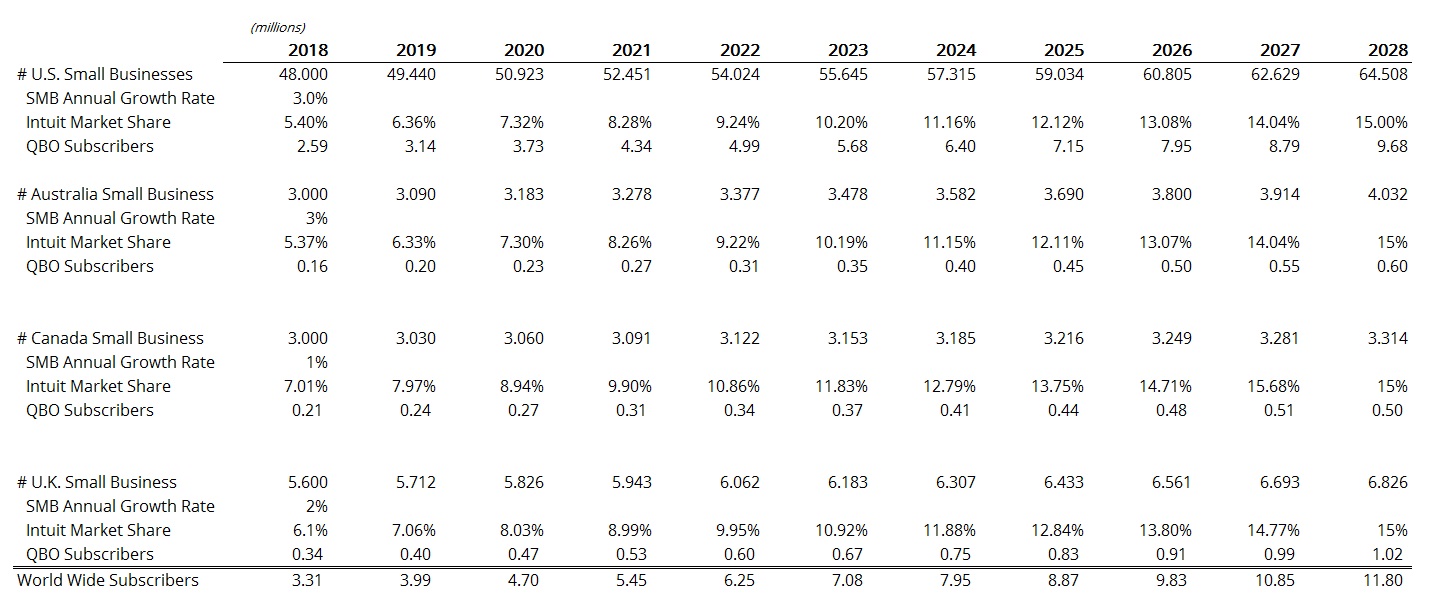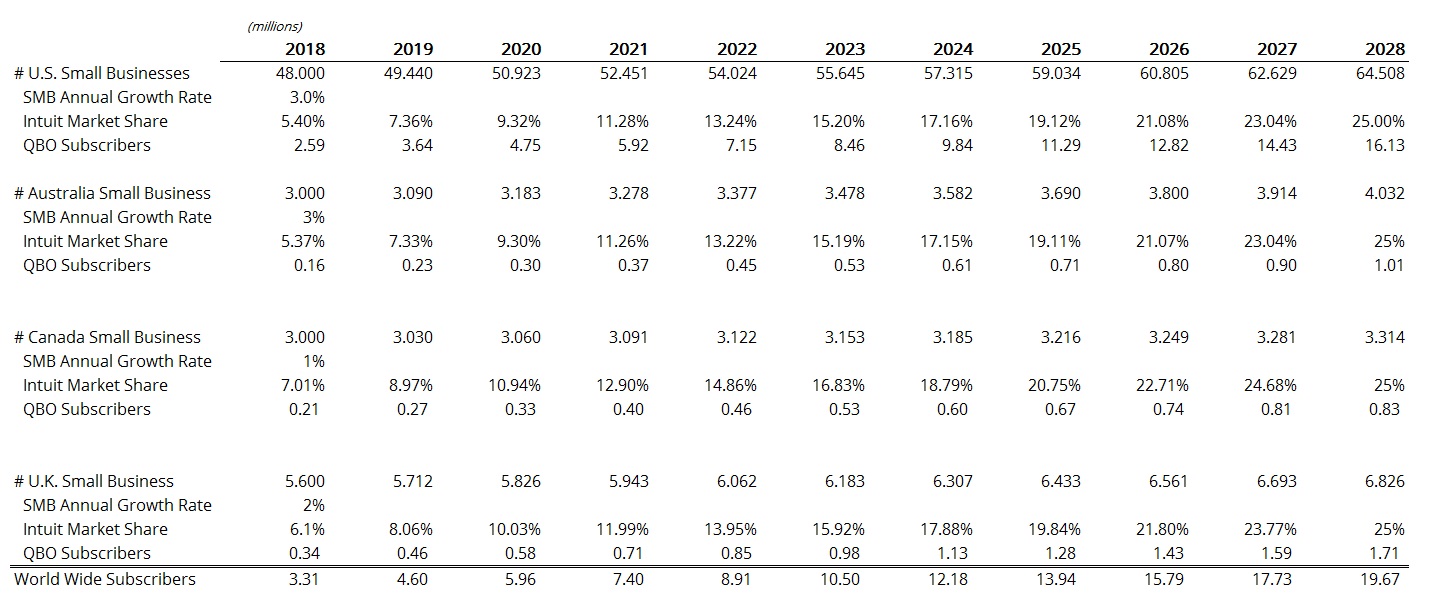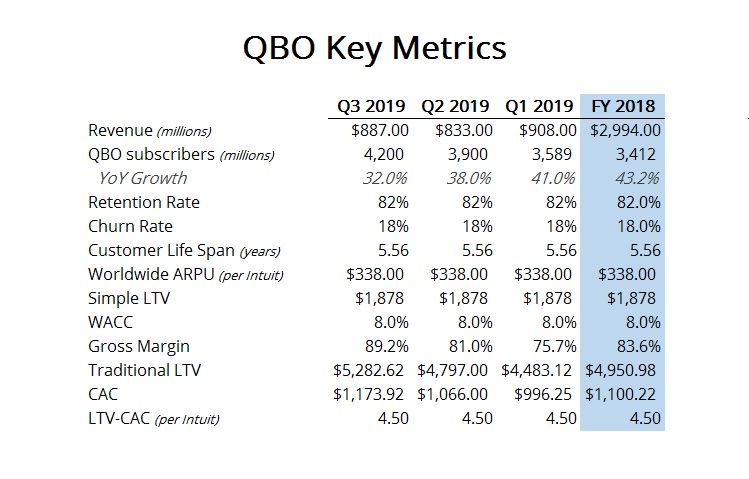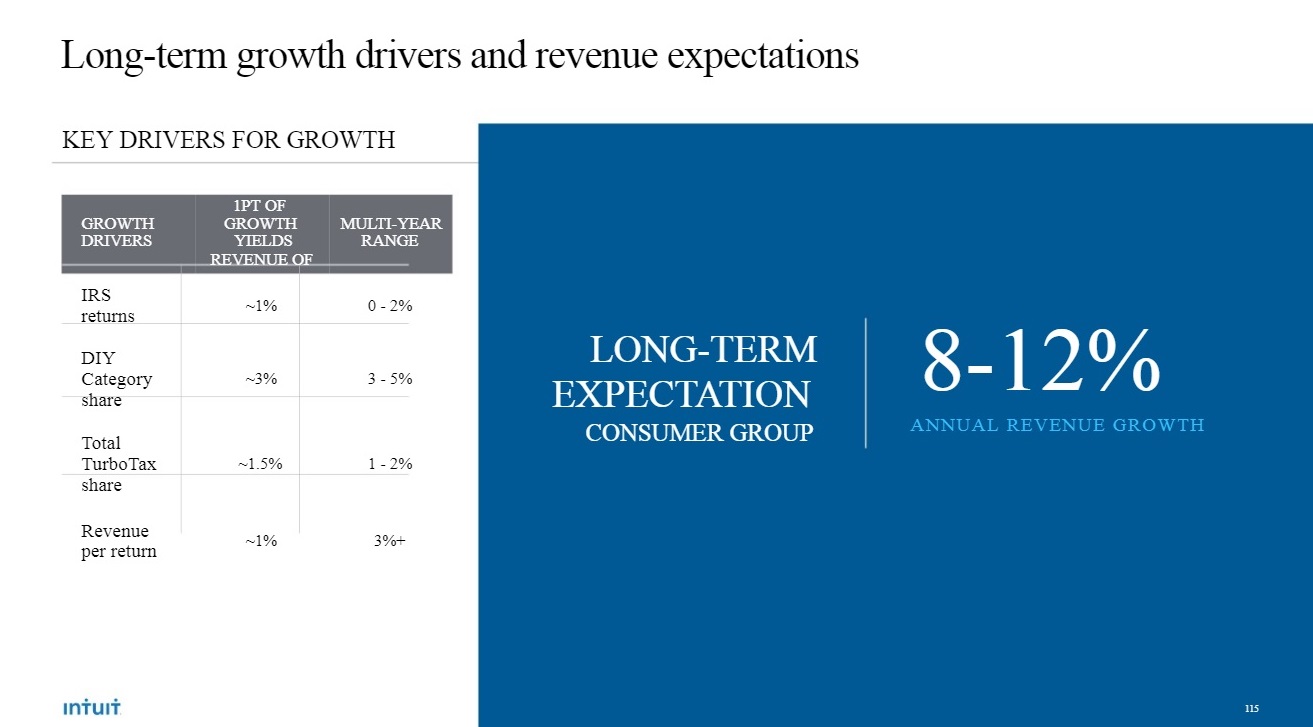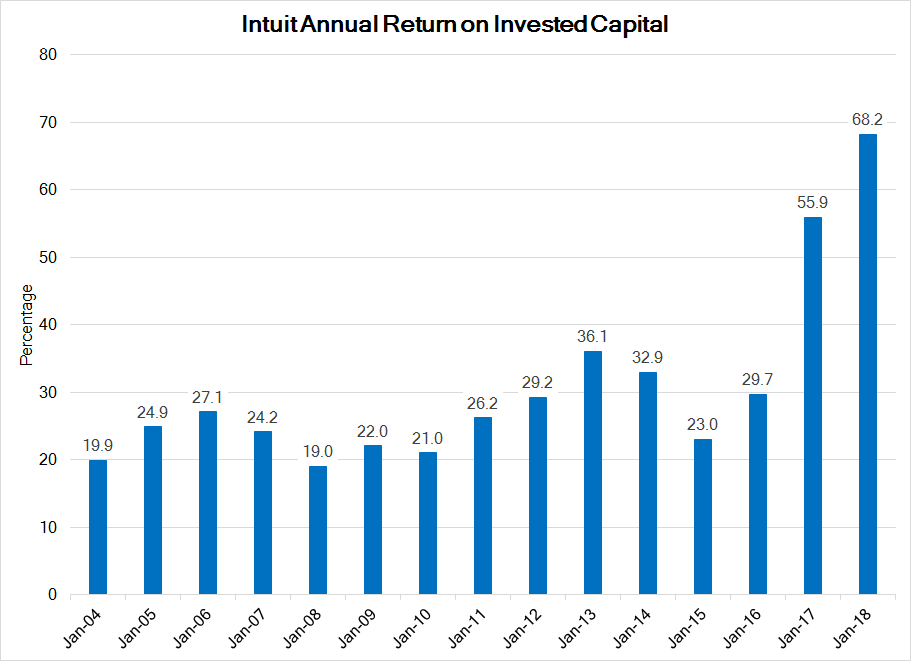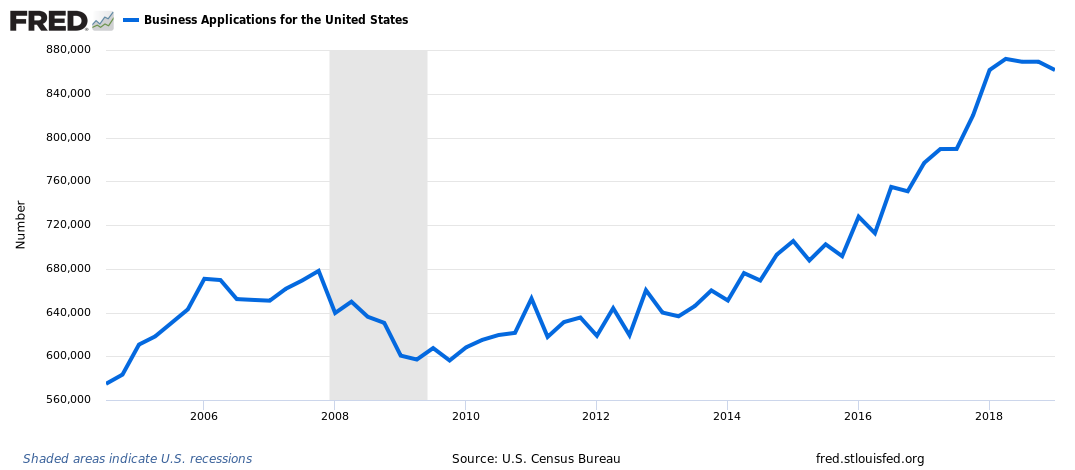Brewing beer is a simple recipe.
- Water
- Malt
- Yeast
- Hops
First, mill grains to break up the kernels. Then steep the grains in hot water to turn its starches into sugar. The result is a sweet liquid called wort. Then bring the wort to a boil and add hops with their natural bitterness to tone down the sweetness. Then once the liquid is cooled add yeast to start the fermentation process to turn the sugar into alcohol and produce carbon dioxide.
Each ingredient adds to the overall flavor of the beer but hops have taken center stage with the explosion of craft beer and a consumer focus on big hoppy ales.
Hops come in a wide variety, each with their own unique flavor profiles that craft brewers love to experiment with.
The Cascade hop has a citrus flavor. The Chinook hop has a piney flavor. The Mosaic hop adds tropical fruit flavors with a citrus profile.
Another thing that hops can do during the brewing process is to cover up your mistakes.
And unfortunately hops are a quick way for beginning brewers to disguise flaws in their beer, by using the hops’ strong flavor to overcome any possible off tastes. Do you regret throwing those juniper twigs in the boil? Did you forget to sterilize a piece of equipment and are now fretting about bacteria? Quick! Hops to the rescue!
So what does all of this have to do with investing?
We follow a set of rules — call it a recipe — when deciding to invest in a company. The core process for researching each potential investment is the same. But each potential investments requires its own unique adjustments and additions. Flexibility and creativity are needed to complete the research process.
The investment process is a probabilistic exercise anchored in subjective estimates. Errors will be made. The investment process needs a hop equivalent to cover up our minor errors. That equivalent is a long-term secular growth trend.
We also want the company to be a leader in the long-term secular growth trend. Microsoft and cloud computing. Charles Schwab and the long-term secular growth of RIAs. Disney and the rise of streaming TV. Visa and MasterCard in the long-term shift out of cash and into digital payments.
Some long-term trends are not so obvious.
Railroads haven't grabbed headlines since the days of the Robber Barons. As long as the U.S. economy continues to grow, one of the most efficient and cost effective ways to move goods across the U.S. are the railroads¹.
Like hops, each secular trend is unique, adding its own flavor profile to the portfolio.
We think the subject of this letter, Intuit, is in a long-term secular growth trend too.
¹You can't compete with the Mississippi River on cost when trying to move goods southward or moving goods on waterways that feed into the Mississippi River.
Dividend Stock in Focus
Intuit (INTU): $268.57
Price as of the close August 7, 2019
"Nothing in life is certain except death and taxes."²
Intuit capitalized on the taxes part with their acquisition of the San Diego based software company Chip Set. Chip Set created the DIY tax product Turbo Tax.
Turbo Tax is a very profitable business for Intuit and we’ll talk about it below. But Intuit’s other business, QuickBooks Online is the big opportunity.
Intuit is not afraid to reinvent itself. It was first known for its personal budgeting software Quicken. But they sold it after they bought Mint.com, A free online personal budgeting tool.
QuickBooks was born out of Quicken. Intuit learned that small businesses were using Quicken to handle their accounting. Personal finance software is not the best option to manage your business's inventory and cash flows. QuickBooks Desktop became Intuit's dedicated business accounting software. It was an immediate bestseller.
Intuit is once again trying to reinvent itself. It is transforming its legacy QuickBooks Desktop business into a Software as a Service (SaaS) business. A potentially more lucrative product.
² Often attributed to Ben Franklin but the earliest known utterance is from The Cobler Preston by Christopher Bullock (1716).
Dividend History
Intuit started paying a quarterly dividend at the end of 2011. That first dividend was $0.15 per share. The last quarterly dividend Intuit paid was $0.47 per share.
Since it started paying a quarterly dividend, Intuit has grown its dividend at a compound annual growth rate of 16.2%. Given Intuit's high returns on capital, its low payout ratio, and its potential long-term growth, Intuit can reward its shareholders with an above average dividend growth rate.
Dividend Safety
Intuit's dividend is well covered with plenty of room for Intuit to grow their dividend.
Catalysts for Dividend Growth & Capital Appreciation
QuickBooks Online
QuickBooks Online (QBO) is Intuit's largest opportunity for growth. It is also Intuit's biggest opportunity to build an enduring business moat.
QBO is Intuit's effort to transform its legacy QuickBooks Desktop into a Software as a Service (SaaS) offering.
The old way to sell software was to work for years improving the previous version. Then build up to an official launch party. Launch the upgraded software. Then convince current customers and new ones to buy it.
The new model of selling software is to sell a subscription. The software is continuously updated and improved. Instead of building up to a launch date, your customers pay a recurring monthly or yearly fee. The software is continuously updated. Bugs are immediately fixed and new features are added as soon as they are complete. Customers always have the latest version of the software.
Intuit can build a business moat around QBO because of Switching Costs and the Network Effect.
Switching Costs
Switching costs are the costs to switch from one product or service to another. The costs can be monetary, time, or a combination of both. For software companies, the major switching costs are the Data Trap and the Learning Curve Trap.
The standard example for the Data Trap is Apple's iTunes ecosystem. You purchased movies, music, and apps that only work with Apple products. If you leave the Apple ecosystem you would have to repurchase everything. The data you own is trapped on their ecosystem.
The data you generate and add to QBO is your data. You're free to move it to wherever you like but this comes with risks. It is very time consuming to move your data and if you need to hire a data transition team the process can be costly.
It's risky too.
Data sounds ubiquitous and you might think data formatting would be standardized across all systems. But it's not. The data you've built up on one platform may not match the formatting of the new system. Fixing the errors and reformatting the data is time consuming and fraught with the potential loss. The switch to a new software system must be worth the risk. Usually it isn't and customers stay on the platform.
The second switching cost is the Learning Curve Trap. Once you've learned how to use a software program you are unlikely to switch to a new system because you don't want to learn something new. The classic old dog new trick problem.
If you own a business, the more people that you've trained on the old software, the harder and costlier it is to retrain everybody. Your old software system has to be incredibly bad to force the change.
Network Effect
Without proper accounting and cash flow management, your business won't last long. Even if you have a great product or service. Cash flow management is the most cited reason as to why a small business failed.
Most business owners are not accountants so they hire an outside accountant to manage their books. This is QuickBooks Online two-sided network effect opportunity.
A two-sided network is one where the usage by one set of users increases the value for another set of users. Über is a good example. The more riders on its platform increases the value of the Über platform for the drivers. And vice versa. The more small businesses that use QBO the more attractive it is for small businesses accountants to use QuickBooks Online.
If a small business hires an accountant that uses QBO then the business is likely to subscribe to QBO. From Neil Williams at the Bank of America Global Tech Conference on June 7, 2017.
The most significant one right now is really working with your accountant and we know that if an accountant switches their practice to QBO, they’ll bring their clients along with them and they’ll help the client in the transition. So that’s the big idea we’ve been working on for the last year or so, but I think it’s going to be pretty steady for a while.
QuickBooks Online is also building an indirect network effect.
An indirect network effect is when the increased usage of one product spawns the production of increasingly valuable complementary goods that in-turn increases the value of the original product.
QBO is an open platform. Other companies can build and integrate their software with it. QBO has its own payroll and payment processing applications but it doesn't block others. Intuit allows ADP, PayPal, Square, and others to integrate their payment and payroll processing with QBO. An open platform allows Intuit's customers to continue to use their favorite non-QBO software and remain in the QBO ecosystem. The more 3rd party software integrations Intuit allows the more valuable QBO becomes to its potential and current customers.
Large Addressable Market
QBO's biggest threat is not the other accounting software programs like FreshBooks or Xero. They are competitors, but the biggest threat is Excel. According to Intuit's management, over 80% of small businesses in the U.S. run their accounting through a spreadsheet.
Spreadsheets are cheap. Most people know the basics and there are free online tutorials to improve your skills. But running your cash flow through a spreadsheet comes with big risks.
Spreadsheets are costly in terms of man-hours spent updating and maintaining them.
It is easy to make a mistake when inputting your data that can have big consequences. JP Morgan Chase lost over $2 billion due to a spreadsheet error. A small entry mistake can compound into big problems as your spreadsheet uses that error to perform all its calculations.
You will end up with dueling spreadsheets as some employees work on the budget and others work on inventory. Then the two spreadsheets have to be reconciled and the data re-entered increasing the odds for more errors. Running multiple spreadsheets makes tracking down the error harder.
Spreadsheets don't scale with your business.
$20-50 per month for a dedicated accounting software solution is a small cost relative to the immense benefits it provides.
There are around 48 million small businesses in the U.S. and currently QuickBooks Online has 2.59 million U.S. subscribers. This is a 5.40% market share. QBO also operates in the U.K., Australia, and Canada. Given the benefits of a dedicated scalable accounting software program and the wider adoption of software as a service, QBO's market share should continue to grow.
The net growth (business formation less closures) of small businesses tends to follow economic growth. In the U.S and Australia, this equates to a long-term small business growth rate of 3% per year. The U.K. tends to grow small businesses at 2% and Canada at 1%. If QBO reached a 15% market share in 10 years in each of its 4 markets this would be a 13% compound annual subscriber growth rate.
At a 25% market share, it would be an 18% compound annual growth rate for QBO subscribers.
Small business growth will not grow at 3% per year. Small business formation growth is lumpy. These tables are simply an exercise to build out Intuit's growth potential.
Also, these two tables don't account for Intuit's efforts to expand QBO into other countries. France and Brazil are Intuit's next immediate targets for expansion.
In its most recent quarter, QBO recorded a 32% year-over-year subscriber growth rate and a 7.7% sequential growth rate.
Key SaaS Metrics
Other key metrics for a subscription business are the:
- Retention rate
- Churn rate and its reciprocal Customer Life Span
- Customer Acquisition Costs (CAC)
- Lifetime Value per Customer (LTV)
- LTV-CAC ratio
Intuit reports its QBO retention rate at 82%. The churn rate is 1 minus the Retention Rate which we calculate at 18%. The lowest QBO's churn rate could possibly get is 15% given how many small businesses go out of business each year. From the churn rate, we get the average customer life span of 5.56 years (1/Churn Rate).
QBO's worldwide ARPU (Average Revenue per User) is $338. The simplest way to get Lifetime Value is to take ARPU and multiply it by the average lifespan per customer. At the end of the most recent quarter, QBO's simple LTV is $1,878.
The traditional way to calculate LTV is to account for the retention rate, the gross margin per customer, and Intuit's weighted average cost of capital (WACC). Using the traditional LTV model each customer is worth $5,283.
Intuit does not break out its customer acquisition cost (CAC) but it does report its LTV-CAC. As of the most recent quarter, the LTV-CAC for QBO is 4.5.
A LTV-CAC greater than 3 is considered above average. At 4.5x Inuit can afford to spend a little more on acquiring customers to generate higher growth and increase the present value of QBO.
Turbo Tax
Turbo Tax is synonymous with DIY taxes. Like QBO, Intuit has built a business moat around Turbo Tax through the Data Trap. The initial hurdle is to get someone to try Turbo Tax. After that initial use, customer retention is high. Intuit focuses on creating a clean and easy to use interface that simplifies the tax filing process. This helps with client retention but the big retention factor is Turbo Tax imports last year's financial information into this year. It's a hassle to re-enter all that information from your W-2s, W-9s, K-1s, investment accounts, etc. Turbo Tax makes it easy.
As people get older their tax filings usually get more complicated. A Turbo Tax user starts out with the $49.99 Basic offering. Then as they get married, have kids, save for retirement, buy a home, buy a rental property, or start a business they'll graduate to the $109.99 Turbo Tax Premier. The total number of tax filings per year will grow with the population, around 1%. Turbo Tax's revenue can grow faster than the growth in filings because customers matriculate upward through Turbo Tax's offerings.
Turbo Tax has about 63% market share in the DIY segment and continues to increase that by 3-5% per year. The size of the DIY market changes year to year. The better Turbo Tax software gets with complicated taxes, the more it opens up the DIY market. The last Tax Reform Bill removed the need for a lot of individual deductions. This made tax filings simpler and it expanded the DIY market.
No matter how good your software is some people want the comfort of knowing a live person can help them. Intuit offers the Turbo Tax live. This program gives customers the opportunity to talk with a tax certified professional. For a modest price increase of course. If someone was on the fence about using Turbo Tax then Turbo Tax Live may give them the comfort to do so. Turbo Tax Live further expands the DIY segment and increases Turbo Tax's potential revenue.
Intuit's Turbo Tax business is an extremely profitable and consistent grower that generates a lot of excess cash for Intuit to reinvest back into its business or return it to shareholders.
15% Investment Hurdle Rate
Intuit's internal hurdle rate for an investment in a new project or for an acquisition is 15%. Intuit must earn at least a 15% return on their investment per their internal models to justify an investment. If management can't find an appropriate investment that meets their required returns then management will return the excess capital back to shareholders. This is what we want to hear from management when it comes to capital management. Management is focused on generating the highest returns on your capital.
As you can see in the chart below management has done a tremendous job generating returns on its capital. In 2018 Intuit generated a 68.2% return on invested capital.
Given Intuit's high returns on invested capital, the company has all the capital they need to reinvest. But they won't find enough investments that meet their 15% hurdle rate. We expect Intuit to return the excess capital to shareholders with higher dividends and more share buybacks.
Risks
Pre-Filled Taxes
Doing your taxes is not fun. Why can't the IRS complete your taxes for you and just send you an invoice? Some countries do. Each year it seems the number of people demanding this in the U.S. increases. Usually, this sentiment comes from the group of people whose taxes are really simple.
Pre-filled taxes would kill Intuit's DIY Turbo Tax business. Luckily this is a low probability event. The costs involved with expanding the IRS and internal infrastructure is probably a non-starter. The other roadblock to this is a fundamental belief. Do you think the government should tell you what you owe and for you to prove the government wrong? Or do you think you should tell the government what you owe and have them prove you wrong?
We think the majority of people would fall into the second category.
QBO Specific Risks
The standard risks apply here.
- We're overestimating QBO's potential market share
- We're overestimating its growth
- We're underestimating competitors
- Or a new competitor comes into this space that is much better than QBO.
We tried to keep our estimates of market share and near term growth subdued. It is easy to get carried away since Intuit doesn’t face real competition in small business. But we didn’t want our valuation to rest on overzealous estimates.
Recession
QuickBooks Online is built for small businesses. Small business formation is pro-cyclical. When the economy is booming more new businesses are formed. When times are bad small business formation drops.
Compounding the problem is that a recession typically causes many existing small businesses to close.
Less business formation and increased closures are not good for QBO subscriber growth.
The silver lining is that a recession may force businesses to realize that their accounting systems are poor. This could lead them to a better system like QBO.
A recession would be a blip on the long-term trend of shifting from a spreadsheet based accounting systems to a more robust cloud based software as a service system. But it is still a risk.
SaaS Bubble
SaaS companies are the investment du jour. Given their recent returns during this cycle it is easy to see why.
When an industry becomes an investment darling its valuations become stretched.
Even though Intuit is not a pure-play SaaS company, it is definitely benefiting from the price trend in SaaS companies. When growth and valuation estimates come down for the entire SaaS sector Intuit will be affected too. Intuit's industry leading position and long-term secular growth (i.e. its “hops”) should remain intact. So we view any price pullback below our estimate of fair value as a great opportunity to add to our position.
Valuation
We used a discounted cash flow model to value Intuit because of its high current growth rates, margin profile, and target capital structure.
We used a 25% market share for QBO over the next 10 years. We expect Intuit’s Consumer Business to grow at 6%. We used 1% for its pro-connect and its legacy QuickBooks Desktop business. This builds a 10% annual growth rate over the next 10 years. It then converges towards a long-term growth rate of 3%.
Our base case estimate for Intuit's fair value is $268 per share. Intuit currently trades at a premium to our fair value estimate.
If or when Intuit trades below our fair value estimate we will look to add to our position.


